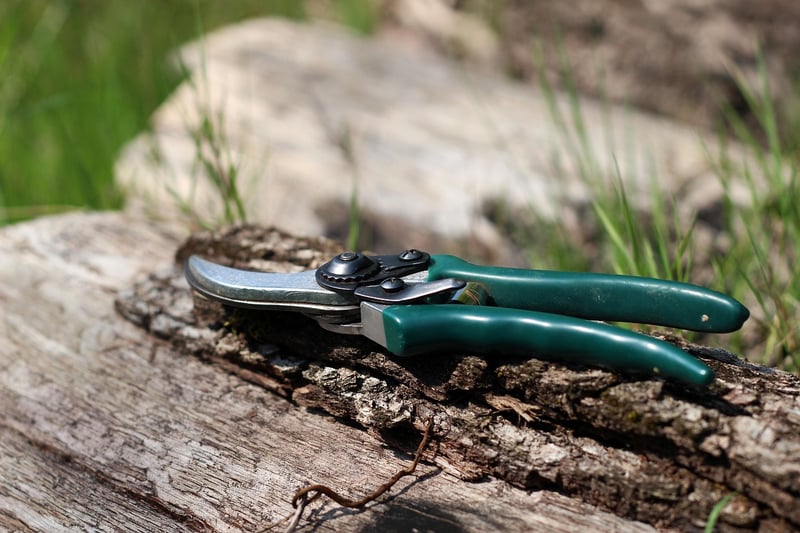Pruning Techniques
Keep Your Garden Healthy with Proper Pruning Techniques
Having a vibrant and healthy garden requires more than just watering and weeding. Pruning is an essential practice that helps maintain the shape, health, and productivity of your plants. By understanding the basics of pruning and implementing the right techniques, you can ensure that your garden flourishes throughout the year. Here are some tips to help you keep your garden in top shape:
Why Pruning is Important
Pruning is not just about aesthetics; it plays a crucial role in the overall health of your plants. By removing dead or diseased branches, you can prevent the spread of infections and promote new growth. Pruning also helps improve air circulation and sunlight penetration, which are essential for plant growth.
Tools for Pruning
Before you start pruning, make sure you have the right tools for the job. Some essential tools include pruning shears for small branches, lopping shears for thicker branches, and a pruning saw for larger limbs. Keeping your tools sharp and clean will ensure clean cuts and prevent damage to your plants.
Basic Pruning Techniques
- Deadheading: Remove spent flowers to encourage new blooms and prevent seed production.
- Thinning: Remove excess growth to improve air circulation and reduce the risk of disease.
- Heading Back: Cut back the tips of branches to promote branching and denser growth.
- Rejuvenation Pruning: Cut back old or overgrown shrubs to stimulate new growth.
When to Prune
It's essential to prune at the right time to avoid harming your plants. Generally, the best time to prune is in late winter or early spring before new growth begins. However, some plants may require specific timing, so be sure to research the pruning needs of each species in your garden.
Pruning Tips
- Always use sharp and clean tools to make precise cuts.
- Prune at a 45-degree angle just above a bud or branch junction.
- Remove any crossing or rubbing branches to prevent damage.
- Step back and evaluate the shape of the plant before making cuts.
By incorporating proper pruning techniques into your gardening routine, you can promote the health and beauty of your plants while keeping your garden looking its best year-round.

Remember, pruning is a skill that improves with practice, so don't be afraid to experiment and learn what works best for your plants. Happy pruning!
